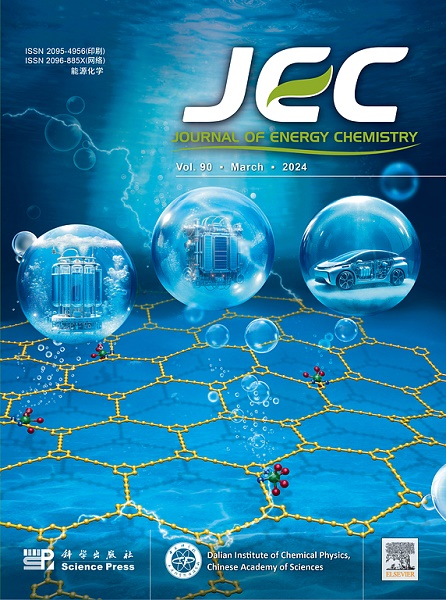Comprehensive recycling of spent automotive lithium-ion batteries in China: Full-chain processes and recycling strategies
IF 13.1
1区 化学
Q1 Energy
引用次数: 0
Abstract
The recycling of spent lithium-ion batteries (LIBs) has aroused considerable interest among the general public, industry professionals, and academic researchers, driven by its environmental, resource recovery, and economic benefits, particularly for those used in new energy vehicles. However, recycling spent automotive LIBs for industrial production remains challenging due to technical feasibility, recycling efficiency, economic viability, and environmental sustainability. This review aims to systematically analyze the status of spent automotive LIBs recycling, and provide an overall review of the full-chain recycling processes for technical evaluation and selection. Firstly, it carefully describes the pre-treatment process, which includes discharging, disassembly, inspection, crushing, pyrolysis, and sieving of LIBs. Subsequently, it examines the principal technologies in extracting valuable metals, including pyro-metallurgy, hydro-metallurgy, microbial metallurgy, mechanical chemistry, and electrochemical deposition. A comprehensive analysis of the operation, mechanism, efficiency, and economics is provided, helping readers understand the technical advantages, disadvantages, and applicable scenarios of each process. Furthermore, it also considers novel environmentally-friendly processes, such as direct regeneration and direct synthesis, and analyzes their potential and limitations in the resource recycling field. Finally, differentiated comprehensive recycling strategies are proposed for typical spent automotive LIBs, aiming at providing effective guidance and recommendations for industrial investors and practitioners, and promoting sustainable development of the comprehensive recycling industry.

求助全文
约1分钟内获得全文
求助全文
来源期刊

Journal of Energy Chemistry
CHEMISTRY, APPLIED-CHEMISTRY, PHYSICAL
CiteScore
19.10
自引率
8.40%
发文量
3631
审稿时长
15 days
期刊介绍:
The Journal of Energy Chemistry, the official publication of Science Press and the Dalian Institute of Chemical Physics, Chinese Academy of Sciences, serves as a platform for reporting creative research and innovative applications in energy chemistry. It mainly reports on creative researches and innovative applications of chemical conversions of fossil energy, carbon dioxide, electrochemical energy and hydrogen energy, as well as the conversions of biomass and solar energy related with chemical issues to promote academic exchanges in the field of energy chemistry and to accelerate the exploration, research and development of energy science and technologies.
This journal focuses on original research papers covering various topics within energy chemistry worldwide, including:
Optimized utilization of fossil energy
Hydrogen energy
Conversion and storage of electrochemical energy
Capture, storage, and chemical conversion of carbon dioxide
Materials and nanotechnologies for energy conversion and storage
Chemistry in biomass conversion
Chemistry in the utilization of solar energy
 求助内容:
求助内容: 应助结果提醒方式:
应助结果提醒方式:


